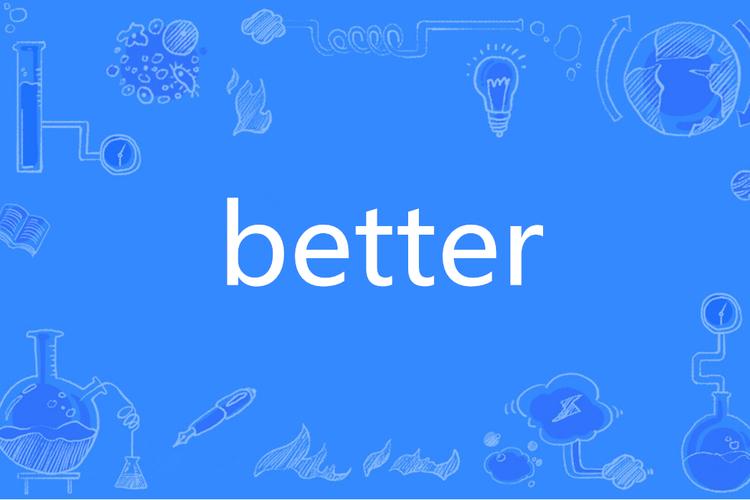
Anything on Ethereum You Can Do Better on EOS?
When it comes to blockchain platforms, Ethereum and EOS are two of the most popular choices. Ethereum, known for its smart contract capabilities, has been the go-to platform for decentralized applications (DApps). EOS, on the other hand, aims to provide a more scalable and efficient platform for DApps. But can EOS truly outperform Ethereum in every aspect? Let’s dive into the details and find out.
Scalability
Ethereum has long been criticized for its scalability issues. The platform’s current block time is around 15 seconds, and it can only handle around 15 transactions per second. This limitation has hindered the growth of DApps on Ethereum, as they struggle to scale to meet the demands of a large user base.

In contrast, EOS boasts a much higher transaction throughput. With a block time of 3.3 seconds and the ability to handle up to 1000 transactions per second, EOS is significantly more scalable than Ethereum. This makes EOS a more viable option for DApps that require high transaction throughput and low latency.
Smart Contracts
Ethereum is renowned for its smart contract capabilities, which have enabled the development of a wide range of decentralized applications. EOS, however, has its own take on smart contracts. EOS uses WebAssembly (WASM) for smart contract execution, which is a more efficient and versatile language compared to Solidity, the language used by Ethereum.
While Ethereum’s smart contracts have been widely adopted, EOS’s WASM-based smart contracts offer better performance and lower gas costs. This makes EOS an attractive platform for developers looking to build high-performance DApps.
Cost Efficiency
Ethereum’s gas fees have been a significant concern for developers and users alike. The rising cost of gas has made it difficult for small-scale DApps to operate on the Ethereum network. In contrast, EOS has a more cost-effective model. EOS uses a staking system, where users can stake their tokens to participate in the network’s governance and earn rewards in the process.

This staking system not only incentivizes users to participate in the network but also helps to reduce the cost of transactions. EOS’s low transaction fees make it a more affordable option for developers and users, especially for small-scale DApps.
Decentralization
Decentralization is a core principle of blockchain technology. Ethereum has made significant strides in this area, but it still faces challenges. EOS, on the other hand, aims to achieve a more decentralized network by using a unique consensus mechanism called Delegated Proof of Stake (DPoS).
DPoS allows users to vote for block producers, who are responsible for validating transactions and creating new blocks. This mechanism ensures that the network remains decentralized while still achieving high transaction throughput. EOS’s DPoS model has been praised for its ability to balance decentralization with scalability.
Community and Ecosystem
The success of a blockchain platform largely depends on its community and ecosystem. Ethereum has a strong and active community, with numerous developers, investors, and users contributing to its growth. EOS, too, has a vibrant community, but it has faced some challenges in building a robust ecosystem.
While Ethereum has a more established ecosystem, EOS has been working hard to attract developers and users. The platform has launched various initiatives to support the growth of its ecosystem, including grants and funding programs. As EOS continues to grow, its ecosystem is likely to become more robust and competitive.
Conclusion
While Ethereum has been the dominant force in the blockchain space, EOS offers several advantages that make it a compelling alternative. Its scalability, cost efficiency, and unique consensus mechanism make it a more viable option for DApps that require high performance and low latency. However, it’s important to note that both platforms have their strengths and weaknesses, and the choice between them ultimately depends on the specific needs of the DApp and its users.
As the blockchain industry continues to evolve, it’s likely that both Ethereum and EOS will continue to improve and offer more value to developers and users. Whether EOS can truly outperform Ethereum in every aspect remains to be seen, but one thing is certain: both platforms have made significant contributions to the growth of the blockchain ecosystem.




